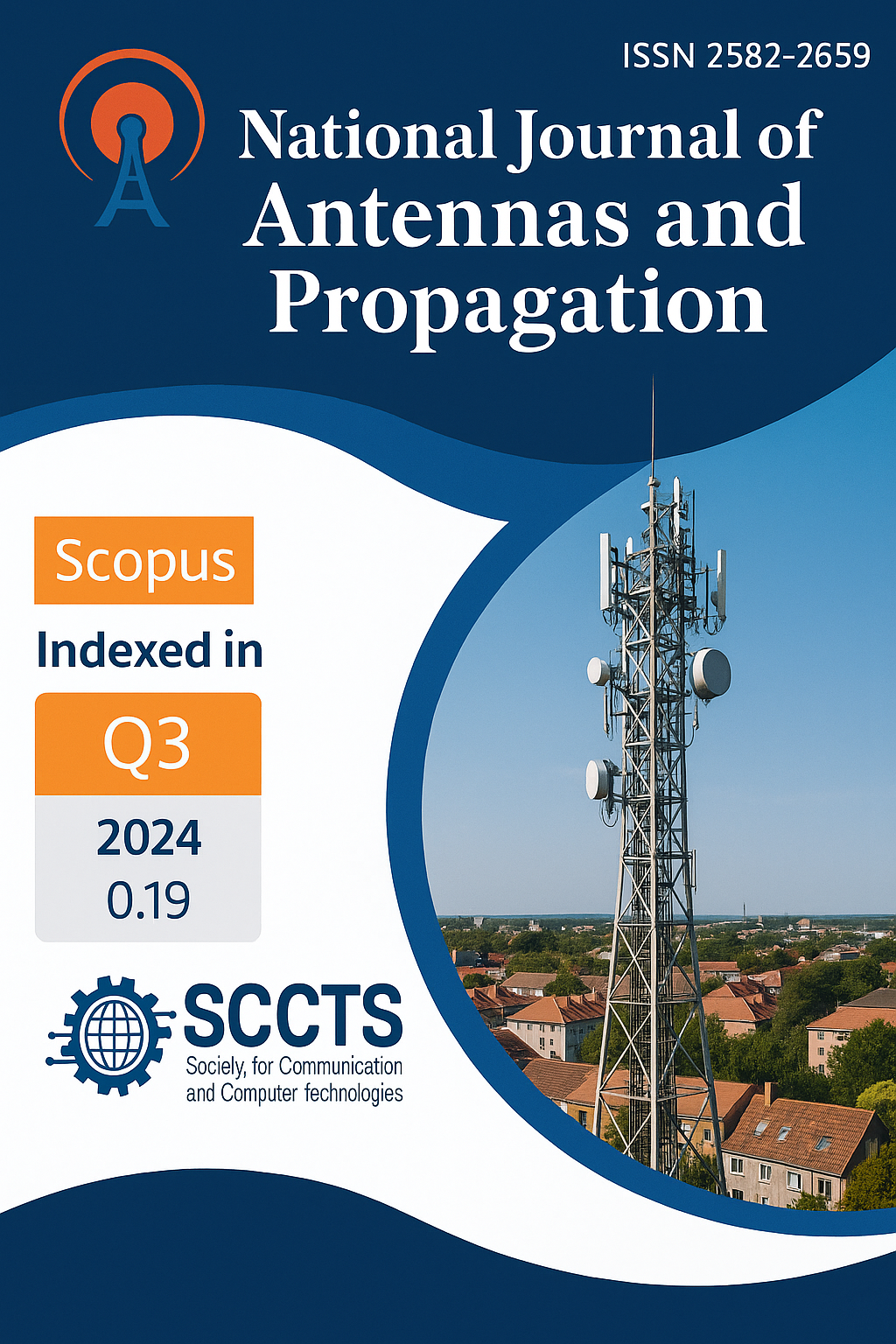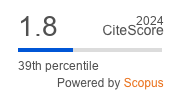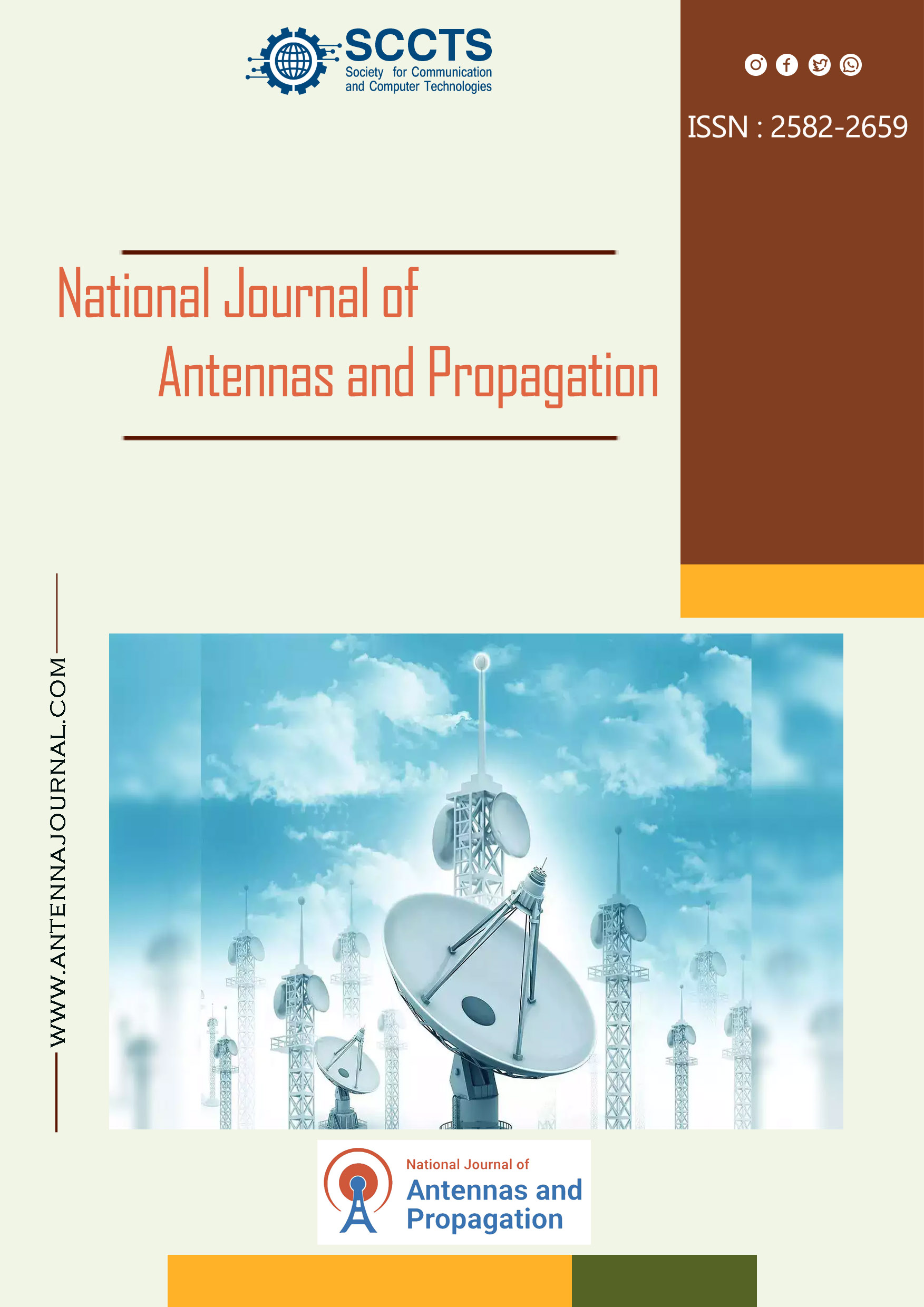An Efficient Model for Complex Antenna Design and Development Using Self-Adaptive Machine Learning-based Optimization Algorithm
DOI:
https://doi.org/10.31838/NJAP/06.02.06Keywords:
Antenna, Self-Adaptive, Machine Learning, OptimizationAbstract
Surrogate Systems (SS) are extensively employed in antenna design to enhance optimization effectiveness.The targeting antennas frequently have limited design parameters and requirements, resulting in a brief SS training duration. Contemporary antennas are becoming progressively intricate, necessitating a more significant number of design parameters and requirements, rendering the training duration a new constraint, which sometimes exceeds the time required for Electromagnetic (EM) modeling.This study presents a novel training cost-reduction-basedSS for a complicated antenna-optimizingmodel. The principal advancements comprise: 1) a self-adaptive Gaussian procedure SS technique that markedly decreases training duration while preserving antenna efficiency accuracy in forecasting, and 2) a novel mixed SS-assisted antennae optimizing structure that diminishes training time and enhances converge velocity. A 2G to 5G interior ground station antennae (comprising 40 design parameters and 10 requirements) and a 5G exterior ground station antennae (including 20 design parameters and 15 requirements) are utilized to illustrate the proposed model. The experiments indicate that over 80% of the training duration and around 25% of the repetitions (models and SS) are diminished relative to a state-of-the-art technique while achieving superior antenna efficacy.
References
Xu, Q., Zeng, S., Zhao, F., Jiao, R., & Li, C. (2020). On formulating and designing antenna arrays by evolutionary algorithms. IEEE Transactions on Antennas and Propagation, 69(2), 1118-1129.
Ustun, D., Toktas, F., &Toktas, A. (2022). An optimized surrogate model using differential evolution algorithm for computing parameters of antennas. International Journal of Numerical Modelling: Electronic Networks, Devices, and Fields, 35(2), e2951.
Punriboon, C., So-In, C., Aimtongkham, P., &Rujirakul, K. (2019). A Bio-Inspired Capacitated Vehicle-Routing Problem Scheme Using Artificial Bee Colony with Crossover Optimizations. Journal of Internet Services and Information Security, 9(3), 21-40.
Elfarra, B. K., Salha, M. A., Rasheed, R. S., Aldahdooh, J., & Samra, A. A. A. (2023). Enhancing the Lifetime of WSN Using a Modified Ant Colony Optimization Algorithm. Journal of Wireless Mobile Networks, Ubiquitous Computing, and Dependable Applications, 14(3), 143-155. https://doi.org/10.58346/JOWUA.2023.I3.011
Koziel, S., &Pietrenko-Dabrowska, A. (2022). Tolerance optimization of antenna structures by means of response feature surrogates. IEEE Transactions on Antennas and Propagation, 70(11), 10988-10997.
Kamble, R., & Nayak, A. (2024). Machine learning technique for antenna design and analysis. In Array and Wearable Antennas (pp. 103-126). CRC Press.
Koziel, S., Pietrenko-Dabrowska, A., & Leifsson, L. (2024). Antenna optimization using machine learning with reduced-dimensionality surrogates. Scientific Reports, 14(1), 21567.
Koziel, S., &Pietrenko-Dabrowska, A. (2024). Rapid Surrogate-Aided Multicriterial Optimization of Compact Microwave Passives Employing Machine Learning and ANNs. IEEE Transactions on Microwave Theory and Techniques.
Kumar, P., Ali, T., & Pai, M. M. (2021). Electromagnetic metamaterials: A new paradigm of antenna design. IEEE Access, 9, 18722-18751.
Singh, P., Panda, S. S., Dash, J. C., Riscob, B., Pathak, S. K., & Hegde, R. S. (2024). Rapid Multi-Objective Inverse Design of Antenna Via Deep Neural Network Surrogate-Driven Evolutionary Optimization. Authorea Preprints.
Roshani, S., Koziel, S., Yahya, S. I., Chaudhary, M. A., Ghadi, Y. Y., Roshani, S., &Golunski, L. (2023). Mutual coupling reduction in antenna arrays using artificial intelligence approach and inverse neural network surrogates. Sensors, 23(16), 7089.
Reza Fatemi Mofradi and Morteza Shahidi Nasab. (2017). Using of the Vernier frequencies method to resolve problem of the ambiguity in range of the pulsed radars. International Academic Journal of Innovative Research, 4(2), 10–21.
Rao, M., & Deshmukh, T. (2024). Comparative analysis of video compression techniques for low-bandwidth applications. International Journal of Communication and Computer Technologies, 10(2), 56–63.
Sharma, A., & Gupta, R. (2023). Energy-efficient routing protocols in wireless sensor networks: A comprehensive survey. Journal of Wireless Sensor Networks and IoT, 5(2), 45–58.
Kavitha, M. (2024). Embedded system architectures for autonomous vehicle navigation and control. SCCTS Journal of Embedded Systems Design and Applications, 1(1), 25–28.
Patel, S., & Kumar, V. (2022). Recent advancements in nanomaterials for energy storage applications: A review. Innovative Reviews in Engineering and Science, 4(1), 12–27.
Muralidharan, J. (2024). Advancements in 5G technology: Challenges and opportunities in communication networks. Progress in Electronics and Communication Engineering, 1(1), 1–6.
Li, X., & Wang, Y. (2023). IoT-based smart home automation systems: Security challenges and solutions. Journal of Wireless Sensor Networks and IoT, 5(3), 102–115.
Patel, N., & Sharma, R. (2024). Low-power SRAM design for AI edge devices using 7nm technology. Journal of VLSI Circuits and Systems, 6(3), 34–42.
Uvarajan, K. P. (2024). Integration of artificial intelligence in electronics: Enhancing smart devices and systems. Progress in Electronics and Communication Engineering, 1(1), 7–12.
Choudhary, S., & Gupta, P. (2024). Role of edge computing in enhancing IoT communication systems. International Journal of Communication and Computer Technologies, 10(2), 45–55.
Ahmed, N., & Singh, P. (2022). Machine learning approaches in predictive maintenance: Techniques and applications. Innovative Reviews in Engineering and Science, 4(2), 78–91.
Abdullah, D. (2024). Leveraging FPGA-based design for high-performance embedded computing. SCCTS Journal of Embedded Systems Design and Applications, 1(1), 29–32.
Anand, K., & Ramesh, P. (2024). Design and implementation of high-speed multipliers for cryptographic applications. Journal of VLSI Circuits and Systems, 6(3), 25–33.
Gupta, S., & Verma, A. (2024). High-frequency transmission line modeling for next-generation communication systems. Progress in Electronics and Communication Engineering, 1(2), 15–22.
Shah, R., & Khan, N. (2024). Simulation-based optimization for edge-based IoT devices. Journal of Wireless Sensor Networks and IoT, 5(4), 121–129.
Ramesh, T., & Lakshmi, S. (2024). Advanced neural network models for fault detection in embedded systems. SCCTS Journal of Embedded Systems Design and Applications, 1(2), 40–46.
Kumar, A., & Priya, D. (2024). Bio-inspired algorithms for energy optimization in sensor networks. Innovative Reviews in Engineering and Science, 4(3), 123–135.
Arvind, K., & Dutta, R. (2024). Multi-core SoC architectures for high-speed video processing. Journal of VLSI Circuits and Systems, 6(4), 50–60.
Raj, S., & Mehta, V. (2024). Deep learning applications in real-time object detection for autonomous systems. International Journal of Communication and Computer Technologies, 10(3), 70–78.











